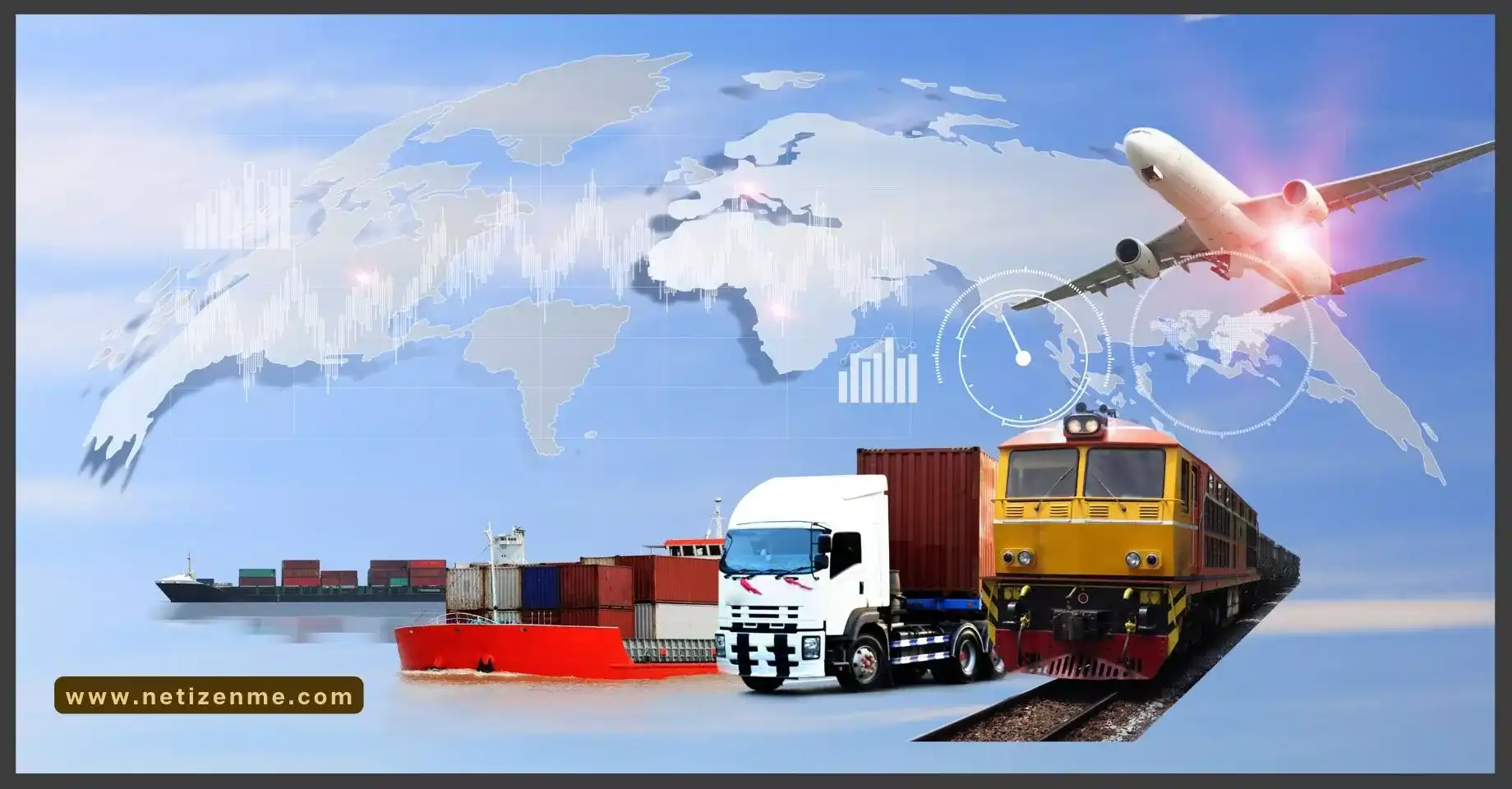Risk management is more than just containing or minimizing risks; it involves avoiding and sometimes taking risks. A certain level of risk is inevitable in the corporate world, requiring organizations to navigate these challenges effectively. What is the most important aspect of International Risk Management for a Manager? This blog post explores the process of risk management in a digital environment, emphasizing the five essential steps: recognizing, examining, ranking, treating, and monitoring risks.
Understanding Risk Management
Every job entails a certain level of risk. While companies aim to stop or regulate risks, sometimes it is necessary to let them happen. Effective risk management consists of five key steps: defining risks, analyzing them, prioritizing them, implementing solutions, and monitoring the risks. In manual systems, these steps often involve considerable paperwork and administration.
Essential Aspects of International Risk Management
Step 1: Recognizing Threats
The first step in managing risk is identifying the potential threats a company faces. These threats may include legal, environmental, business, and regulatory risks. In a manual setting, threats are recorded manually. In contrast, digital risk control solutions allow data to be entered directly into the system, making risks clear to all stakeholders with access to the structure.
Step 2: Examining Threats
Once threats are recognized, they must be assessed. The scope and magnitude of risks need to be understood, including their relationship to various internal causes. Some threats may disrupt an entire industry, while others may cause slight inconveniences. In a digital risk assessment environment, mapping risks to records, regulations, practices, and business processes is crucial.
Step 3: Prioritizing and Ranking Threats
Prioritizing and ranking risks based on severity helps companies understand their risk exposure. This involves distinguishing between high-level risks that could lead to catastrophic failure and low-level risks that may cause minor disruptions. Prioritization allows companies to focus resources on addressing the most significant threats.
Step 4: Treating Threats
Risk management involves mitigating or avoiding risks to the greatest extent possible. This consists of collaborating with professionals in relevant areas to address potential issues. This process can be fragmented manually, involving multiple email threads, documents, and meetings. Digital risk management solutions streamline communication by sending alerts to relevant stakeholders within the system and facilitating discussions on potential solutions.
Step 5: Monitoring and Reviewing Risks
Continuous monitoring and reviewing risks, such as market and environmental threats, are vital for organizational success. In manual processes, attentive workers must track all risks, closely monitoring them. Digital risk control systems monitor an organization’s entire risk framework, making any changes in factors or dangers immediately visible to everyone. Computers are more efficient than humans at tracking threats consistently, helping ensure business continuity.
The Most Important Aspects of International Risk Management
Effective risk management is essential for navigating the complexities of the corporate world. By recognizing, examining, prioritizing, treating, and monitoring risks, organizations can create a proactive approach to managing potential threats. Advanced risk management solutions streamline these processes in a digital environment, providing clearer visibility and efficient communication. By implementing these practices, companies can protect their operations and ensure long-term success.
This article is written by:
Our professional writers and editors are passionate about sharing high-quality information and insights with our audience. We conduct diligent research, maintain fact-checking protocols, and prioritize accuracy and integrity to the best of our capacity.
You can cite our articles under the author name "Netizenme"





